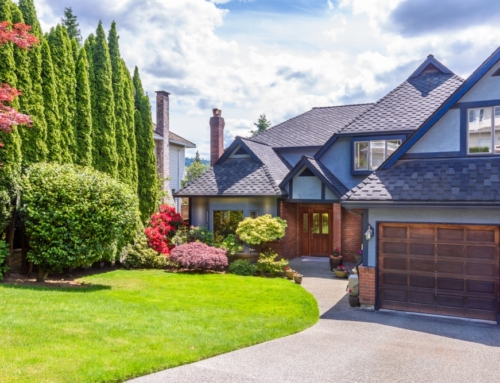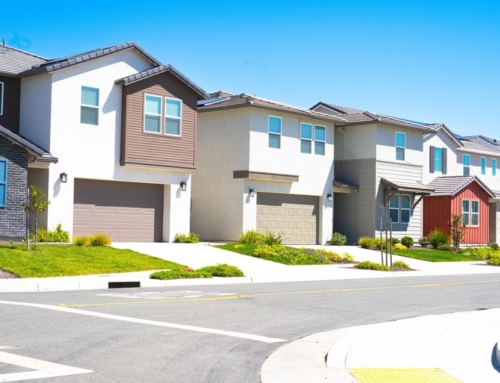“How do I know when the housing market is recovering? That’s a question I get quite frequently from ThinkGlink.com visitors, readers of my syndicated weekly column, and callers to my Sunday morning radio show.
The housing market crisis has to do with supply and demand being out of whack. At the moment (in 2009), there are too many sellers and not enough buyers. I believe there are four ways to know when the housing market is recovering: 1. The proportion of home buyers and sellers evens out; 2. Home prices stop falling; 3. Home price start rising; and 4. Home buying activity increases.
According to the Appraisal Institute, a non-profit trade association for nearly 25,000 appraisers, there are many factors that affect the value of homes and the laws of “supply and demand:”
Spike in local residential real estate sales activity.
A spike refers to a significant rise in the number of existing or new construction home sales (or values) in a local market area, which generally is measured month to month. A spike does not necessarily mean continued growth, i.e. it could be a one month phenomenon.
Higher asking and selling prices vs. appraisal value opinions for residential properties.
Appraisers study residential real estate and commercial real estate markets; they do not make the markets. When the data shows higher sale prices in comparable properties market value opinions will increase proportionally. Appraisers seek evidence of value but do not create the value. In time periods with low activity, evidence of any kind is difficult to find.
More activity at open houses.
At a typical open house, you can expect to welcome 5 to 8 prospective buyers. That’s considered average. So if a dozen or more people attend an open house, that means buyer interest is picking up. Also, the mood of the attendees is important. Are they optimist and upbeat? Buyers interest alone does not always translate to effective purchasing power. If the number of buyers in the market increases but they do not have requisite down payments, the sales may still not occur.
Shorter marketing times.
In some real estate markets, houses have been up for sale for more than a year. In most balanced residential markets, properties that are priced competitively will typically sell in less than six months. If the Days On Market (DOM) is shortening, many practitioners will read an improvement in the market.
Reduced number of foreclosures and short sales.
A reduction in foreclosures and short sales commonly signals a more balanced market. If lenders are reluctant to foreclose because of an oversupply of inventory, they may choose to wait to repossess the properties, which could allow a spike in the number of foreclosures later despite a better market condition.
Stabilized employment.
Stable or increasing employment rates provide the necessary confidence for potential buyers to invest in a home. Since most buyers rely on borrowed funds to make real estate purchases and borrowing money usually requires a source of repayment and that usually means jobs, an increase in this basic need, will enable more real estate sales.
Fewer buyer incentives and seller concessions.
Seller paid incentives or concessions are a sign of seller motivation. If there are fewer builders offering “free” upgrades and fewer sellers sweetening the deal with big screen TVs, it may be a sign of lessening supply and therefore a better market.
New construction permits and starts rise
Most builders are quite attuned to their markets and will not build new homes without a corresponding contract for sale or a perceived increase in demand. An increase in the number of new construction building permits usually indicates higher demand and higher prices. If residential properties are selling for 25 percent less than they cost to build, only a few new homes will be built. It would be prudent to buy an existing home rather than build a new one for a much higher price.
More “move-up” buyers enter the market
More buyers willing to move to a larger or superior quality home indicates a healthy market. The lack of buyers at the lower end of the price range will have a chain reaction throughout the market. If a buyer for a high priced home has a lower priced home to sell first, the sale of the higher priced home may have to occur before the higher priced one can sell.
Apartments begin advertising renter specials
Fewer renters in the market may indicate more people are moving into owner occupied homes or it could indicate a reduction in population in a certain area. Lower population will cause an oversupply of housing which will oftentimes permeate throughout several markets.







Leave A Comment